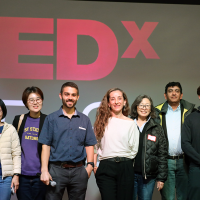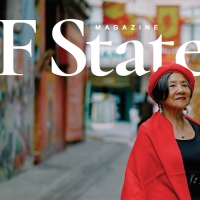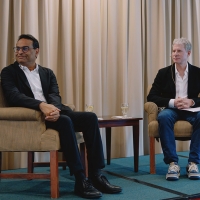University celebrates 125 years at the forefront of educational excellence
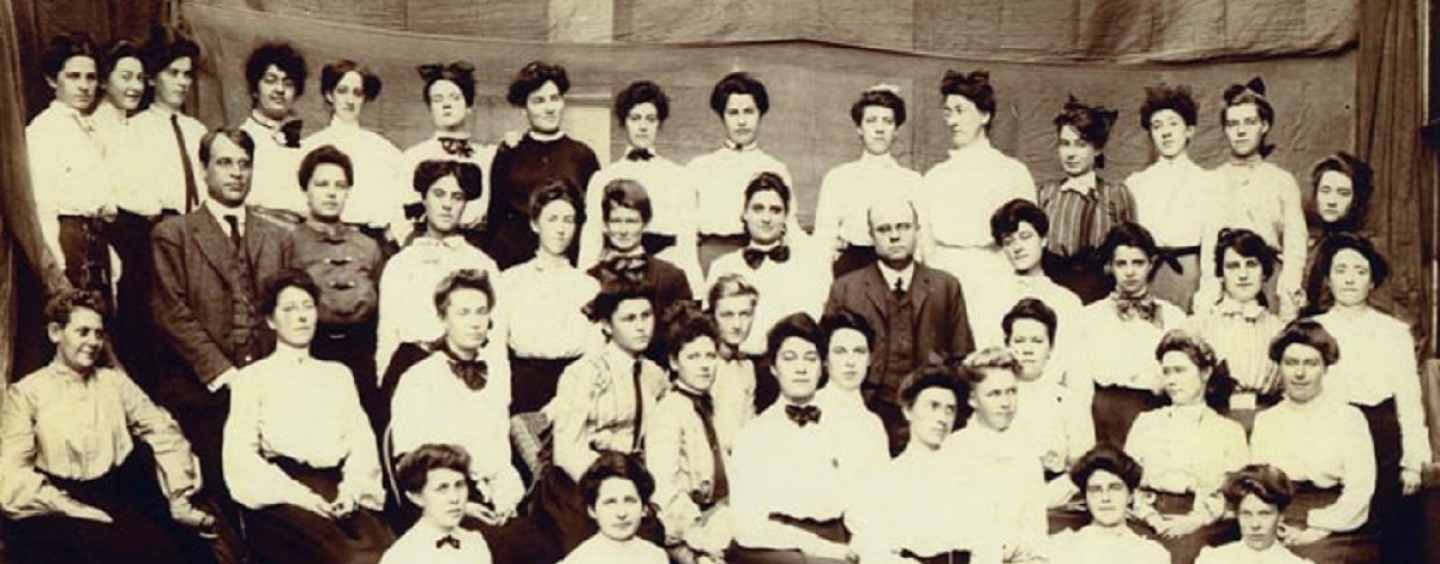
Since 1899, SF State has been preparing the educators, workers and leaders California needs
March 22, 2024, marks a mouthful for San Francisco State University: its quasquicentennial. That’s a 125th birthday, and San Francisco State — founded by the California legislature on this date in 1899 — will be celebrating its 125th for the rest of the year. SF State News kicks things off here with an overview of the school’s history. More anniversary articles will follow in the months to come, as will a video retrospective, archival photos and much more.
A ‘normal school’ for exceptional education
SF State’s origins actually go back much further than 1899. In 1862, a committee of San Francisco residents sent a petition to the legislature demanding a state-sponsored “normal school” — a school for the training and preparation of teachers. Funding for such a school was approved, establishing the first state-supported institution of higher learning in California. It didn’t stay in San Francisco long, though.
“During its Barbary Coast heyday during the 1870s, families relocated across the Bay and down the Peninsula and out of San Francisco when it became too lawless,” said University Archivist Meredith Eliassen. “The Normal School was moved south to the more family-friendly San Jose in 1871.”
Elements of the original teacher training programs lived on in San Francisco, however, and on March 22, 1899, an act of the legislature authorized the creation of a new San Francisco Normal School.
The school’s first location was a rented two-story building atop Nob Hill. Its Board of Trustees appointed Canadian-born educator Frederic Lister Burk founding president, and he chose Experientia docet, “experience teaches,” as the school motto. The first graduating class — the class of 1901 — consisted of three dozen students, all women. (The first male student was admitted in 1904.) After the earthquake and fire of April 1906 destroyed the SF State building and all its records, the campus relocated to the Hayes Valley neighborhood. Classes resumed in June, making SF State the first public school in the city to reopen.
The school quickly earned a reputation for its high-caliber graduates, innovative teaching methods and emphasis on practical experience. In the 1920s, it began offering the bachelor of arts degree, and in 1935 it became San Francisco State College. Its first master’s degree — in education — was offered in 1949 as the school celebrated its 50th anniversary.
The times (and the names) they are a-changin’
Enrollment quadrupled in the five years following World War II when the GI Bill enabled many veterans to pay for college. To accommodate growing demand, the College moved in 1954 to its present campus near Lake Merced. In 1961, the College joined what would become the 23-campus California State University system, and in 1972 it was renamed California State University, San Francisco. That name proved as unpopular as it was ungainly, and in 1974 the school was rechristened yet again. The new name — San Francisco State University — reflected the dramatically expanded curriculum that grew from.
Today SF State has a diverse student body of more than 23,000. The University offers numerous degrees and certifications: bachelor’s degrees in 76 academic areas, master’s degrees in 63 academic areas, a Doctor of Education (Ed.D.) in Educational Leadership, a Ph.D. in Education with a pioneering concentration in Special Education, a clinical Doctorate of Physical Therapy (D.P.T.) jointly with University of California, San Francisco, 13 credential programs and 54 certificate programs.
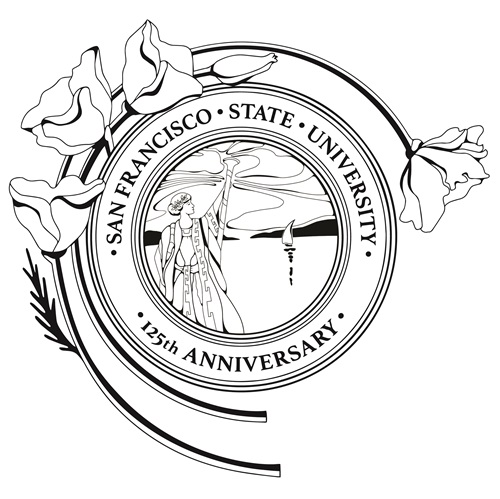
An anniversary logomark has been created to celebrate the quasquicentennial. It’s based on SF State’s earliest seal, which featured Minerva, the Roman goddess of wisdom, looking out over the Bay surrounded by golden poppies representing California.
While still renowned as a teaching university, the SF State of 2024 is also associated with outstanding instruction in the arts, sciences, ethnic studies, business, health, humanities and many other disciplines.
“From its beginnings all those years ago, SF State has been focused on meeting the needs of the Bay Area and California,” SF State President Lynn Mahoney said. “Those needs may have changed over the years, but the commitment to outstanding education, workforce development and equity remain the same.”
Tags
